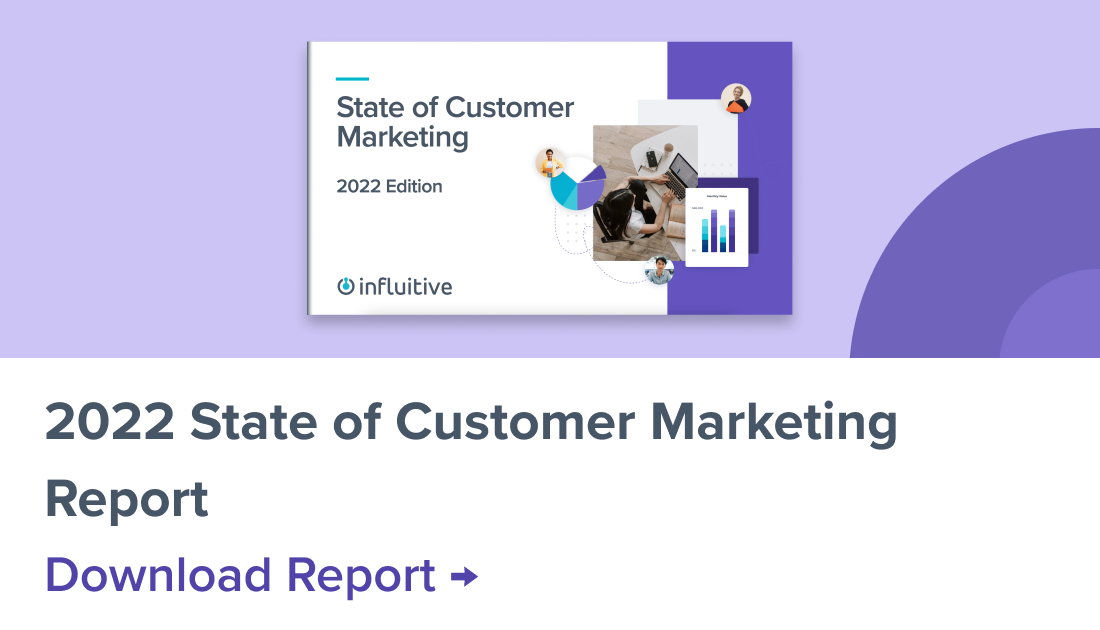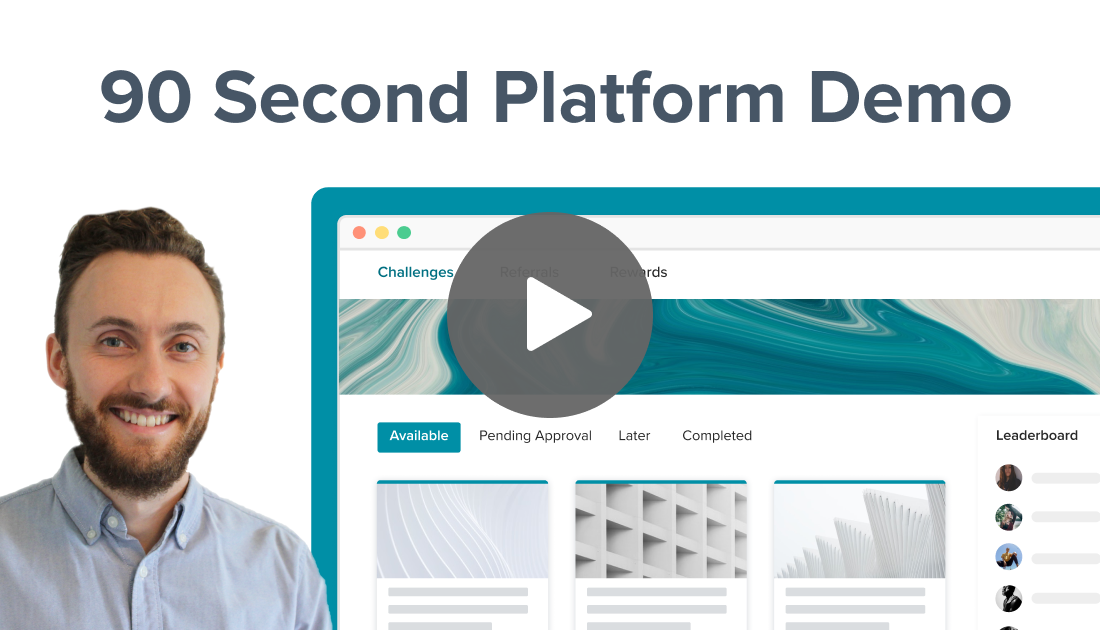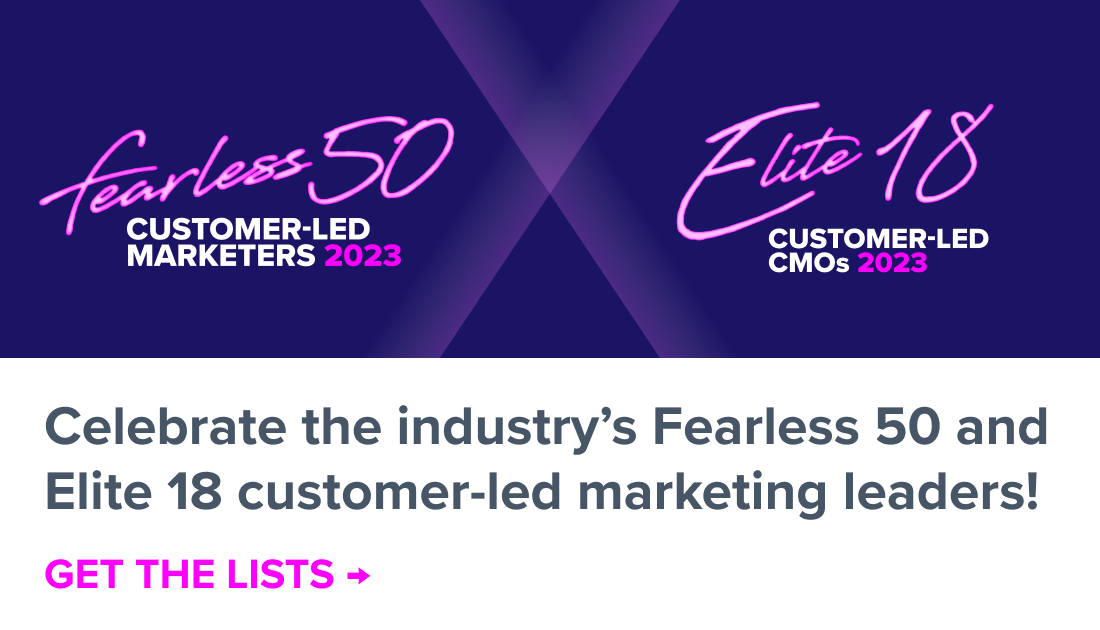Next year, 70% of B2B marketers plan to create more content—but only “30% of B2B marketers say their organizations are effective” at it.
Why increase content production if you aren’t getting the results you want?
 Last week, we co-hosted a webinar with Andy Crestodina, an expert content marketer, Content Jam conference founder, author, and co-founder of Orbit Media Studios, to learn how to achieve content excellence, and why co-creating stories with customer advocates and influencers helps your content gain more credibility (and attention).
Last week, we co-hosted a webinar with Andy Crestodina, an expert content marketer, Content Jam conference founder, author, and co-founder of Orbit Media Studios, to learn how to achieve content excellence, and why co-creating stories with customer advocates and influencers helps your content gain more credibility (and attention).
Read below to learn how you can take your content marketing plan from mediocre to masterful.
Content marketing plans often miss the big picture
While targeting customers may have seemed easier 40 years ago, because marketers weren’t competing with millions of websites and media channels, Andy believes that it shouldn’t be any harder to do today—that is, if you use pull-based marketing strategies like content, SEO and social media.
Andy says many content creators aren’t measuring the impact and effectiveness of their content using web analytics—meaning they’re missing the opportunity to learn from, iterate on and optimize the stories that are resonating the most with their audience. The result is a lot of noise being created without any substance.
And while B2B marketers continue to pour more money into content creation without that necessary analysis, a recent Demand Gen Report revealed that 83% of B2B buyers say they are overwhelmed by the amount of content available.
So, what’s the solution?
Content excellence = empathy
Andy says that content marketers can achieve excellence when they are empathetic to customer needs and answer real questions for real problems. With that in mind, he says there are two types of content that customers seek:
- Question mark content (?). This is for customers in the research and decision-making phase of the sales process.
- Dollar sign content ($). This is for customers who have an intent to purchase and want to learn about the value of your product.
Here’s how these two content types play out when buyers search for information about a problem your solution solves:
1. Your customers start their question research on Google, which will return tons of relevant content to review. They’ll also go to social platforms like LinkedIn to see if their colleagues have recommendations. If you create the right content, these actions will lead them to your website where they can download a whitepaper containing all of the research related to an industry topic that they need—positioning your brand as an authority on the subject.
2. If a customer is ready to buy, they’ll look for social proof on your website’s sales pages in the form of videos, user-generated reviews and testimonials. However, Andy says you need to first develop a good relationship with customer advocates to incorporate that social proof into all of your content to support your website’s marketing claims.
Why collaboration & user-generated content matter
“An ally in content creation is an ally in promotion,” says Andy. By encouraging your customers to collaborate on original, research-based content, you’ll not only make your content stronger, but they’ll also be more likely to share it later because they created it with you. Advocate communities are a powerful way to get customer feedback faster and generate the right content. You can also incentivize advocates to create content for you in the form of eBooks, blogs and reviews on third-party websites.
Andy also suggests co-creating content with industry thought leaders. These influencers make your content better, and they often share content they’re featured in with their followers. Andy recently read an article by an agency CEO who interviewed a New York Times best-selling author on the subject of Blockchain technology—something the CEO wasn’t an expert in. “The halo effect immediately makes the CEO look quite credible,” says Andy. “If you are not collaborating in your content, I think you’re missing huge opportunities.”
Tools & tactics for successful content marketing plans
Andy uses various online tools and tactics to discover where content demand is highest. Here’s his recommended approach to creating more empathetic content:
I. Start with the questions
He suggests using AnswerThePublic.com to identify questions people ask online regarding a specific topic.
Andy suggests breaking down silos between sales and marketing by creating content based on questions the sales team gets. Publish the answer on your website and share with your sales team so they can use it in the buying process whenever the question comes up again. “Now you’ve got a website visitor and the chance for other good things to happen,” he says.
You can also type a keyword phrase into Google Suggest, to find related keywords to incorporate into your content for SEO purposes.
II. Find thought leaders & influencers
Using FollowerWonk, you can find a list of influential Twitter users relevant to any topic, sorted by their social followings. These are all people with whom you’ll want to connect to co-create and share your content.
III. Connect the dots
Finally, you must understand how content works with search, social media and analytics to increase conversions. Here’s Andy’s summary:
- Start with online research for keywords and topics to help you create a mini version of Wikipedia for your industry and attract key decision makers.
- Collaborate with advocates, industry thought leaders and sales to create helpful and credible content.
- Encourage them to share your content, which will build backlinks and increase your website’s SEO authority.
- Convert customers on your sales pages using social proof through testimonials, video, and product reviews.
- Use web analytics to measure and track your content effectiveness and conversion rates.
Remember: the brand that answers the most helpful questions wins. To learn more about Andy’s thoughts on this topic, check out his book, Content Chemistry.










































